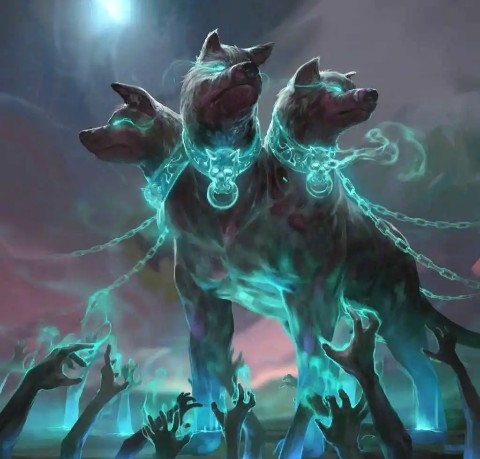profile/7584IMG_20200820_140156_181.jpg
TtrustT

~0.5 mins read
Hi 👋🏾I'm patXchange
Looking for ways to get into the crypto market to make those sweet profits?
Or
Looking for ways to get out of the crypto market to seal those profits or stop those losses.
We got your back wether you're going or coming😌
We buy, sell, and swap all kinds of crypto currencies at the best rates around.
We sell data for all networks at very cheap rates.
We exchange your crypto currency (Tron (TRX), ripple (XRP) and lite coin (LTC).) for data (all networks).
Follow the link, let's strike a deal.
https://wa.me/+2348107171284
profile/7584IMG_20200820_140156_181.jpg
TtrustT
See The Reason Why Mercury Has A Dence Iron Core
~2.0 mins read
A study is challenging the prevailing hypothesis on why Mercury has a bigger core relative to the planet' s mantle. Scientists, for decades, have argued that the hit- and- run collisions on other celestial bodies during the early days of the solar system blew off much of Mercury' s rocky mantle leaving only its big, dense, metalcore. However, new research reveals that collisions are not as much to blame as the Sun' s magnetism
Mercury, the planet nearest to the sun and the smallest planet in the solar system, is only slightly bigger than the Earth' s moon. From its surface, the sun appears to be three times larger than how it is seen on Earth with the sunlight radiating seven times brighter.
Contrary to popular belief and its proximity to the sun, Mercury is not the hottest planet in the solar system. This title rightfully belongs to Venus, mostly due to its dense atmosphere.
According to NASA, a day on Mercury takes roughly 59 Earth days. Where the planet completes an orbit around the Sun in 88 Earth days. Compared to Earth, Mercury has a thin atmosphere composed primarily of oxygen, sodium, helium, hydrogen, and potassium.
An interesting fact about Mercury is that it has no satellites or moons. No evidence of life has ever been observed on the planet whose daytime temperatures can reach 430 degrees Celsius and drop to 180 degrees Celsius below 0.
William McDonough, lead author, and a geology professor at the University of Maryland, Takeshi Yoshizaki from the Tohoku University developed a density, mass, and iron content model of the rocky planet' s core that was influenced by the distance between the planet and the sun' s magnetic field.
The paper published in the journal Progress in Earth and Planetary Science, entitled " Terrestrial planet compositions controlled by accretion disk magnetic field" describes how the model challenges conventional hypothesis on Mercury' s mantle and core composition.
McDonough explains that the four inner planets of the solar system— Mercury, Venus, Earth, and Mars— consist of varying proportions of rock and metal. A gradient exists where the metal contents in the planet' s core drop off as each planet gets farther from the Sun. The paper explains how the phenomenon occurred by showing the distributions of raw materials during the early days of the solar system when the Sun' s magnetic field controlled the formation.
The model shows how during the early days of the solar system, when the young sun was engulfed in swirling clouds of gas and dust, grains of iron were dragged toward the Sun' s magnetic field. As the planets began to form from the clumps of dust and gas, planets closer to the sun began to incorporate more of the iron into their respective cores than those that were formed farther away.
Thanks for reading.
Advertisement

Link socials
Matches
Loading...
